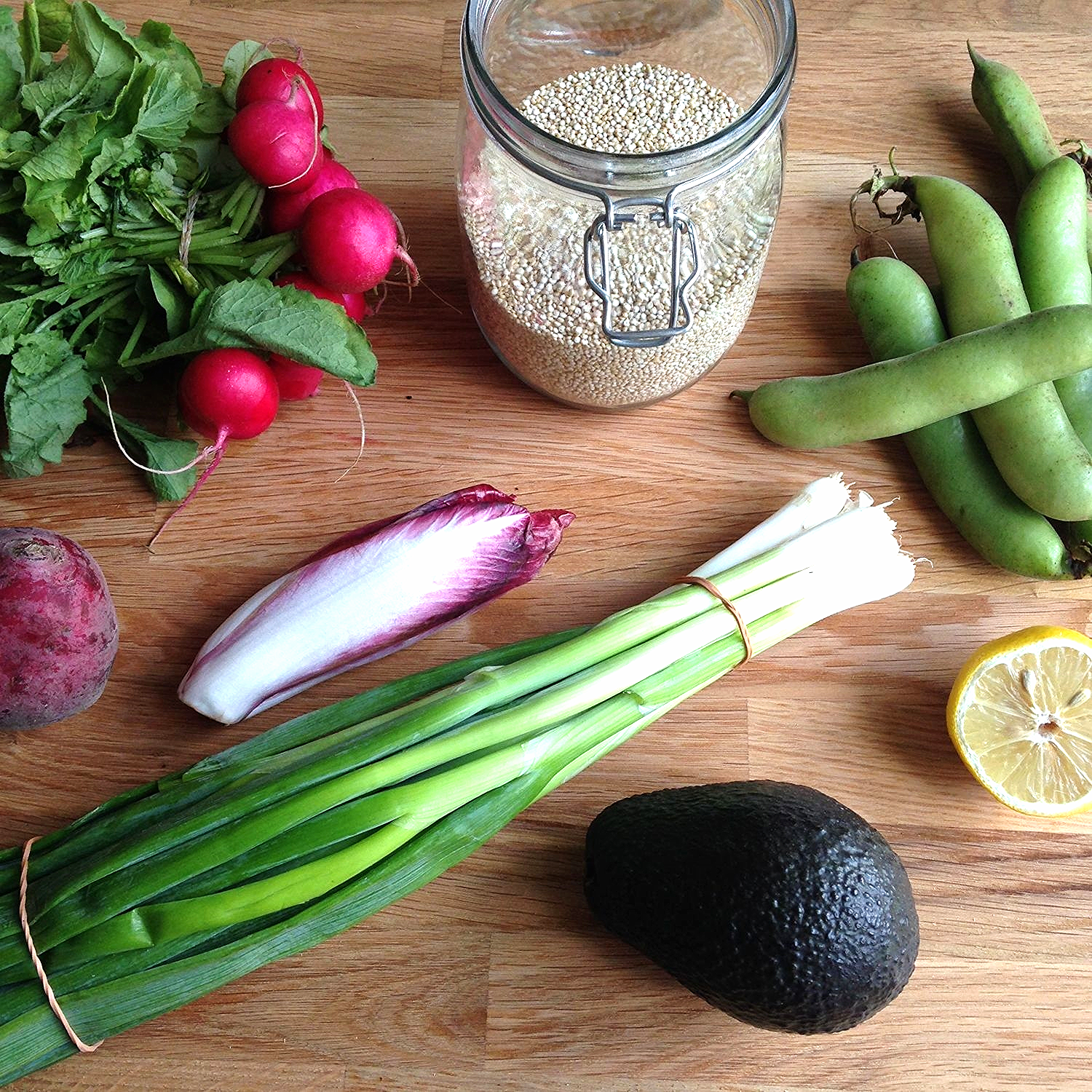Juicing is a brilliant way of getting lots of vitamins, minerals and plant nutrients into your body. You'll see from the recipes below that you can pack a lot of fruit and veg into a glass with each juice. Because the nutrients in fruit and veg juices are easily absorbed, they're kind on the digestive system. This makes juices ideal to have at the start of the day or to pep you up when you're feeling sluggish, tired or like you've over-indulged.
There's a big difference between buying a carton of OJ and the kinds of juices I'm talking about here. Not only are homemade juices fresh and without any dodgy additives, but when you make your own, you can choose ingredients that won't cause the same sugar spike that pure fruit juices do.
The key to making a balanced juice is always combining fruit and veg when you juice - with the focus on including as much or more veg than fruit. Carrots, beets and sweet potatoes that I use in these recipes all work well to add sweetness, and cucumber, watercress and mint are refreshing.
Buying a juicer is an investment, but one that's definitely worthwhile. Juicing is such an easy way to introduce more fruit and veg into your diet, and experimenting with different flavours and combinations can be really creative! You could start with a book like the brilliant Super Juice by Michael van Straten for inspiration.
Just to be clear, I think juicing is a great addition to your diet, but not a replacement for solid food. Juicing removes fibre from fruit and veg, so you need to make sure you're still getting this along with all the other nutrients your body needs from a varied, wholefoods diet.
The three juice recipes here are some of my favourites. Each recipe serves 2.
Green
Cucumber and mint soothe and cool, while watercress is anti-bacterial and rich in vitamins C and E. Lime adds freshness an extra vitamin C boost.
- 1 handful watercress
- 1 handful mint leaves
- 1 apple
- 1 pear
- 1 lime (peeled_
- 3 baby cucumbers / 3/4 big cucumber (peeled if not organic)
Wash all ingredients. Put the watercress and mint through the juicer, then the lime and cucumber(s) and lastly the apple and pear.
Pink
Beets support the liver and help to cleanse the blood. They also contain iron and folic acid, especially important in pregnancy. Ginger is anti-bacterial and stimulates circulation.
- 2 beetroots (peeled)
- 1 apple (washed and cored)
- 1 thumb of ginger (peeled)
Put all ingredients through the juicer.
Orange
This juice is a beta-carotene party in a glass. Beta-carotene is a powerful antioxidant and boosts the immune system as well as supporting eye health and the skin.
- 1 small sweet potato (peeled)
- 2 satsumas (peeled)
- 3 carrots (peeled if not organic)
- Thumb of ginger (peeled)
Put the satsumas through the juicer first, followed by the other ingredients.















